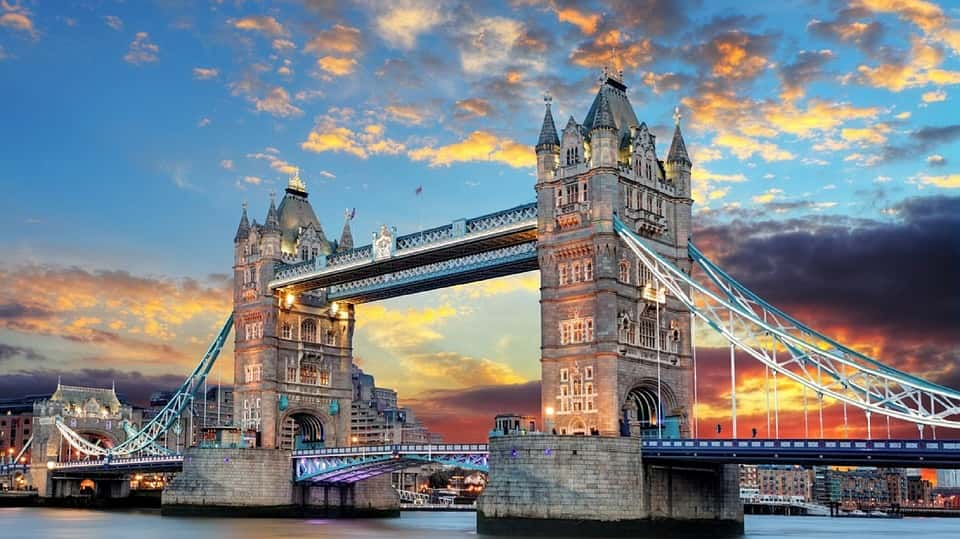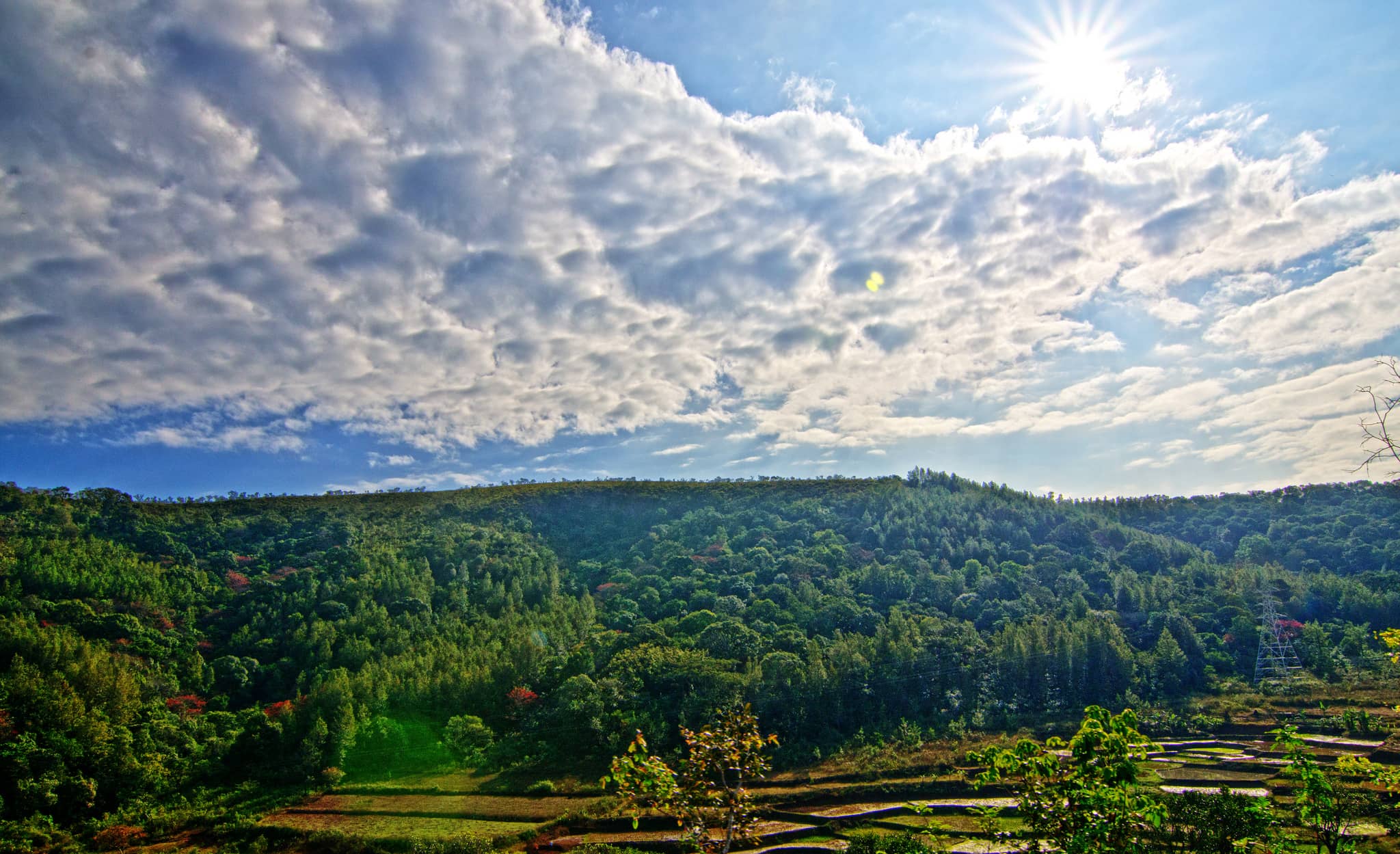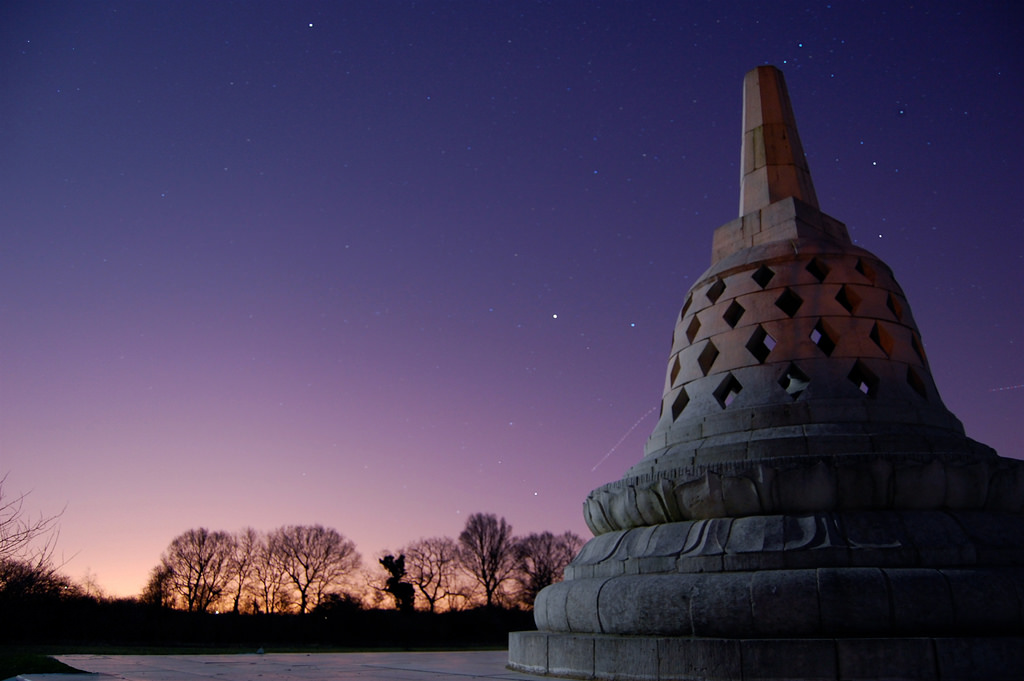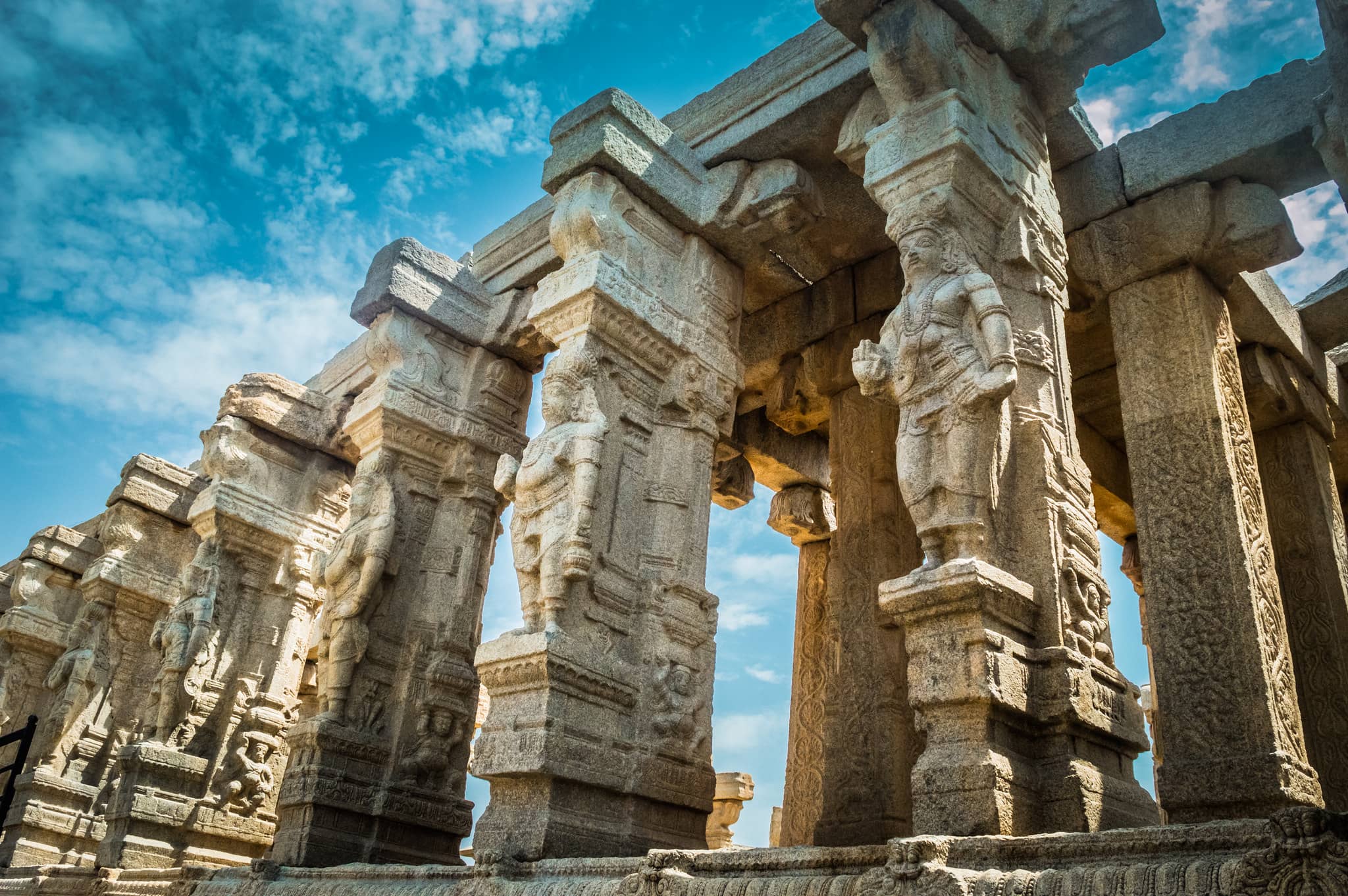London is the capital city of both England and the United Kingdom, blending ancient history with modern life. Its roots go back to Roman times, but today it’s a busy, 21st-century city full of culture, landmarks, and attractions.
At the heart of London, you’ll find famous sites like the Houses of Parliament, the world-famous clock tower known as Big Ben, and Westminster Abbey, where British kings and queens are crowned.
Just across the River Thames, the London Eye offers amazing views of the city and nearby attractions, like the South Bank’s museums and entertainment spots.
Another highlight is St. Paul’s Cathedral, a large and beautiful church designed by Sir Christopher Wren in the 1600s. Nearby is The City, London’s financial district and home to the London Stock Exchange.
Royal landmarks include Buckingham Palace, where the King lives and works, and the Tower of London, a historic fortress that once served as a prison and now protects the Crown Jewels.
London also has many famous museums and galleries. The British Museum, National Gallery, Tate Britain, and Tate Modern showcase everything from ancient treasures to modern art.
For live entertainment, the West End is the place to go, with a wide range of theatre shows—from classic plays to modern performances.
Popular spots for shopping and food include Covent Garden, Soho, and Spitalfields Market. The city also has large open spaces like Trafalgar Square, Hyde Park, and Hampstead Heath, perfect for relaxing or taking a stroll.
London – places to visit in London
London Eye
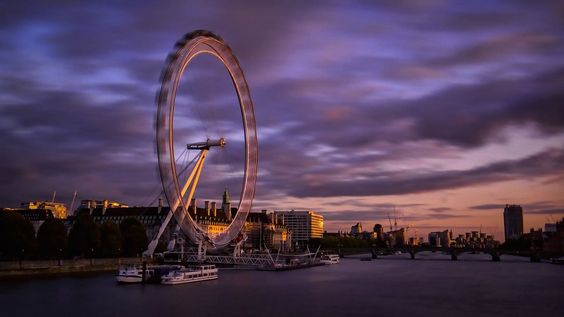
The London Eye, also called the Millennium Wheel, is one of the most famous landmarks in the city. Located on the South Bank of the River Thames, this giant observation wheel gives visitors incredible views of London’s skyline. It opened to the public on March 9, 2000, as part of the city’s millennium celebrations. Although it was meant to be temporary, it quickly became a permanent and much-loved part of London. Designed by David Marks and Julia Barfield, the London Eye is now one of the city’s top attractions.
Big Ben

When people think of London, they often picture Big Ben alongside red buses and the River Thames. Big Ben is actually the nickname for the massive bell inside the famous clock tower, which is part of the Houses of Parliament. The tower was built in the 1800s, and many believe the bell got its name from Sir Benjamin Hall, a large man who helped oversee the tower’s construction. Today, Big Ben is one of the most recognized symbols of London.
Tower of London
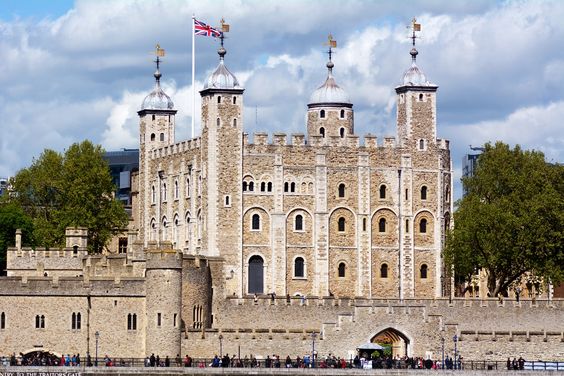
The Tower of London is a historic castle that has stood for nearly 1,000 years. Built after the Norman Conquest in 1066 by William the Conqueror, it was meant to protect and control the city. Over the years, the Tower has served many purposes, including a royal palace, a prison, and a home for the Crown Jewels. It’s one of London’s most visited historic sites.
Buckingham Palace
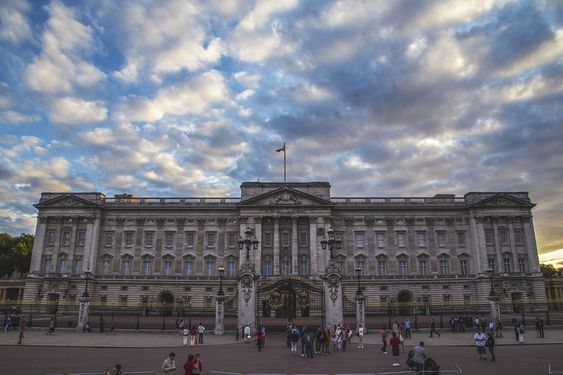
Buckingham Palace is the official home of the British monarch in London. Located in the city center, it is known for its grand rooms, beautiful gardens, and historic significance. The palace has seen many royal events over the centuries. Today, visitors can tour parts of the palace, especially during summer, and watch the Changing of the Guard, a traditional ceremony outside the gates.
Tower Bridge
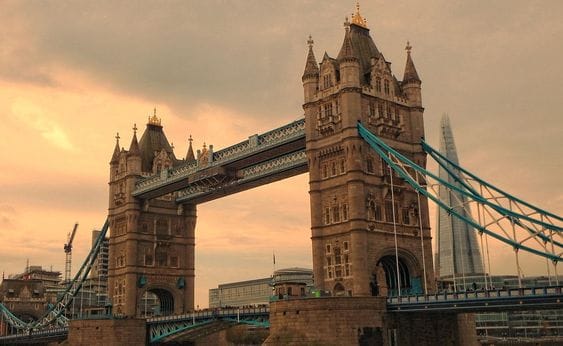
Tower Bridge is one of London’s most iconic bridges, known for its unique design and twin towers. It was built in the late 1800s to allow both cars and boats to pass, as London was growing rapidly. The bridge can lift in the middle to let tall ships go through. As both a piece of history and a working bridge, Tower Bridge is a fascinating spot for visitors.
Trafalgar Square
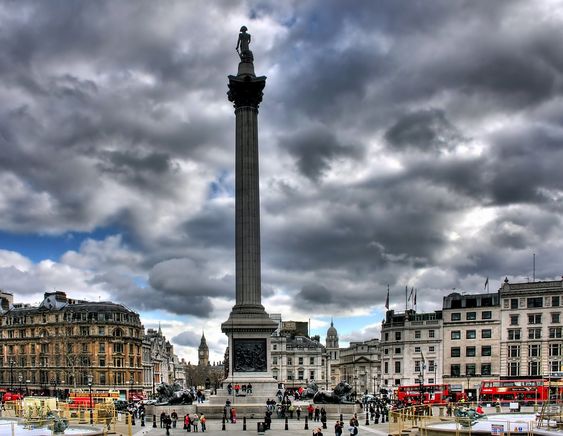
Trafalgar Square is a lively public space in central London, known for its statues, fountains, and large open area. It was named after the Battle of Trafalgar (1805), a British naval victory led by Admiral Lord Nelson. His statue stands on a tall column in the middle of the square. Today, Trafalgar Square is a place for celebrations, protests, and public events.
The Shard
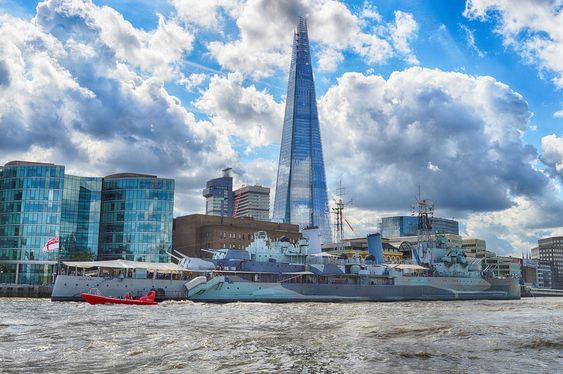
The Shard is one of the tallest buildings in London and a modern symbol of the city. It was designed by Italian architect Renzo Piano and opened in 2012. Shaped like a piece of glass, it stands out in the skyline. Inside are offices, restaurants, a hotel, and a viewing deck with stunning views across London.
Palace of Westminster
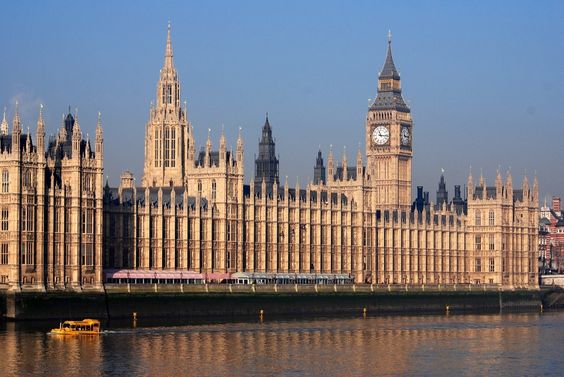
Also known as the Houses of Parliament, the Palace of Westminster is where the UK’s government meets. It sits beside the River Thames and includes the famous Big Ben clock tower. The site has been used for politics since the 11th century, and its beautiful Gothic architecture makes it one of the most admired buildings in the world.
Westminster Abbey
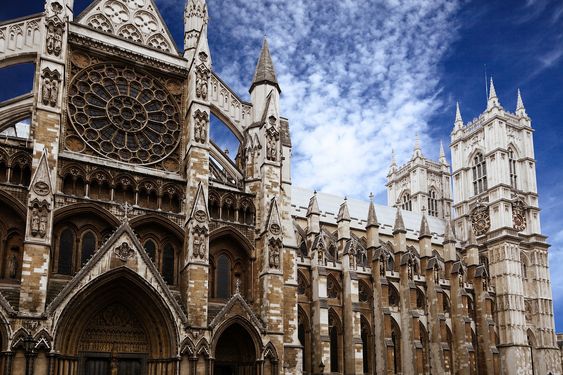
Westminster Abbey is a historic church in London, famous for royal coronations, weddings, and burials. Built in the 11th century, it has been the site of many key events in British history. Its Gothic design, stained-glass windows, and memorials to famous figures make it a must-see for visitors.
Natural History Museum

The Natural History Museum is a favorite for both kids and adults. It’s full of exciting exhibits about animals, fossils, the Earth, and space. The museum was created in the 18th century and has grown into one of the world’s top places to learn about nature and science. Highlights include the famous dinosaur skeletons and interactive displays.
Best Time to Visit London
The best time to visit London depends on what kind of weather you like, how busy you want it to be, and what activities you’re interested in. London has mild weather all year, so there’s no bad time to go. Here’s a look at each season:
Spring (March to May)
Spring is a great time to explore London. The weather gets warmer, and the parks and gardens are full of colorful flowers. This is a popular time for tourists, so expect more people and possibly higher prices.
Summer (June to August)
Summer is the busiest time to visit London. The weather is usually warm, and there are many outdoor events, concerts, and festivals. However, tourist spots can get crowded, and hotels often charge more. It’s a good idea to book your tickets and hotel early.
Autumn (September to November)
Early autumn is a lovely time to visit. The weather is still pleasant, and the big summer crowds start to thin out. It’s also a great season for indoor events like theatre shows, exhibitions, and cultural festivals.
Winter (December to February)
Winter in London is quieter with fewer tourists. The city looks magical with Christmas lights and markets. It can get cold and dark early, and some attractions may close earlier than usual. Still, it’s a cozy time to explore museums, enjoy warm meals, and take part in holiday events.
